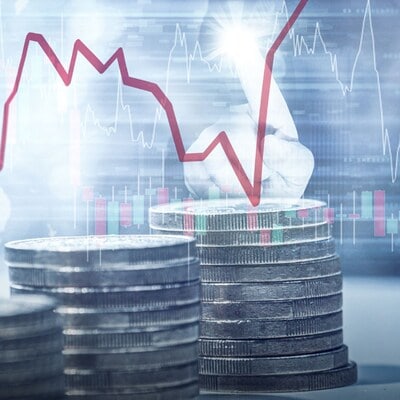3 min read Last Updated : Oct 16 2024 | 3:34 PM IST
In the past 4.5 years, Indian investors have developed a strong habit of “buying the dip,” especially in the post-COVID era. With more than two-thirds of market participants starting their investing journeys during this time, many have experienced a booming market that has generally favored those who jump in when prices fall.However, experts caution that while this approach has worked well in a thriving market, it may not guarantee success in the future.
As market conditions evolve, investors should be wary of simply relying on past trends.
Click here to connect with us on WhatsApp
Since April 1, 2020, the BSE 500 Index has delivered impressive returns, boasting a compound annual growth rate (CAGR) of 32%. Data shows that out of 54 months during this timeframe, there were 39 months with positive returns, averaging 4.3% each month. In contrast, only 15 months saw negative returns, with an average decline of 2.6%. This environment has conditioned investors to view market dips as opportunities rather than setbacks. For instance, on days when the BSE 500 Index declined, domestic investors poured an average of Rs 914 crore into the market. In stark contrast, when the index increased, they invested only Rs 443 crore. This illustrates a clear trend: investors are more inclined to buy when prices are down.
“Since 1 April, 2020, we have seen BSE 500 Index deliver 2.5x returns or 32% CAGR. These strong returns were delivered with very limited drawdowns. Thus, we have seen 39 months of positive returns of average 4.3% monthly return. Number of months witnessing a drawdown were limited to just 15 months, with an average decline of 2.6%. In this environment, investors have continuously been conditioned to invest more and more capital as soon as they see a market decline. This sort of Pavlovian conditioning has strengthened with each market rally post a dip. Thus, over the last 4.5 years, we have seen Indian domestic investors pour in 2x more money on a down day versus when markets (BSE 500 Index used as proxy for markets) are up,” said Vinay Paharia CIO at PGIM Mutual Fund.
Source: BSE, Data from 1st April 2020 to 4th Oct 2024
Note definition of Domestic Investors is Indian Individuals + NRI + Proprietary + Domestic Institutional Investors.
A Pavlovian Response
This behavior resembles a Pavlovian response, where investors have been trained to react to market declines by investing more. Each market rally following a dip has reinforced this mindset. Over the past four and a half years, the tendency to “buy the dip” has become almost instinctual for many.
“Investors should be very careful to not extrapolate past trends while engaging in investing, especially in current market environment. Pavlovian conditioning of investors ensures that every dip gets bought into. However, the results of such investing activity may not produce the desired outcomes, especially if held for short to medium term. Hence Caveat Emptor (Buyer Beware),” said Paharia.
Investors should carefully consider their strategies and be mindful that not every dip will lead to a recovery.
First Published: Oct 16 2024 | 3:34 PM IST



